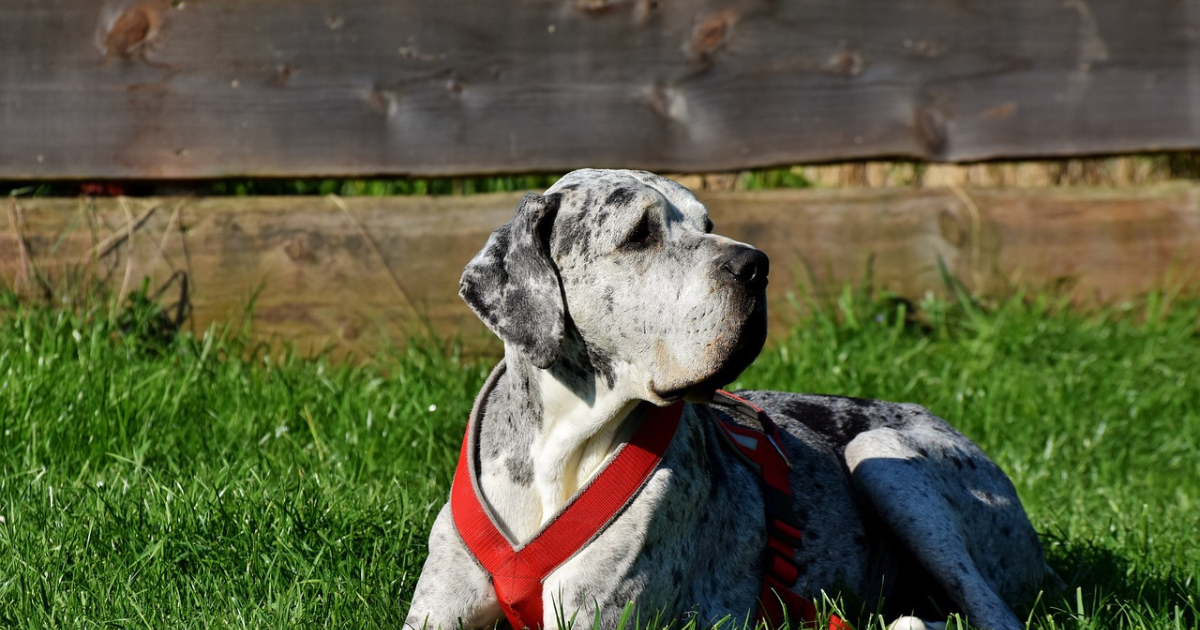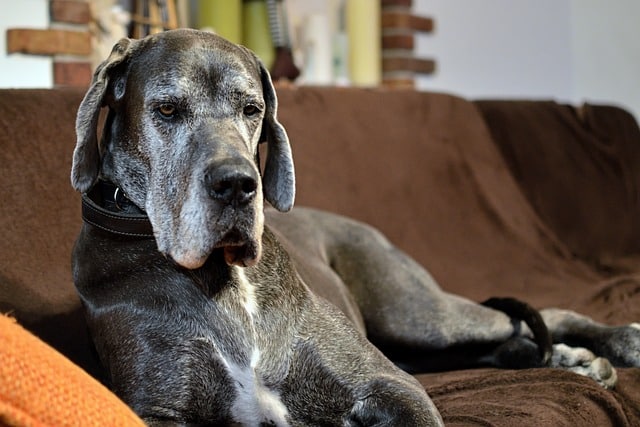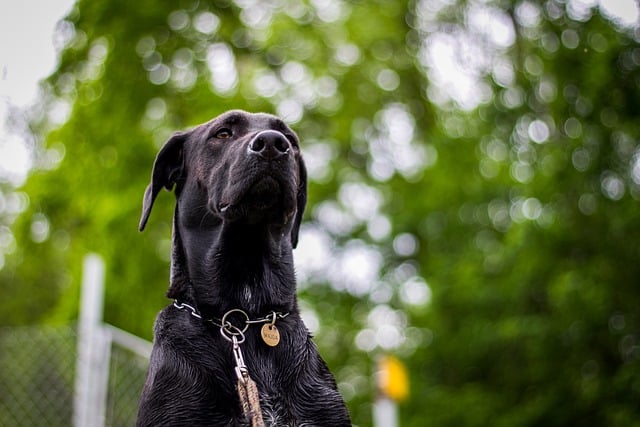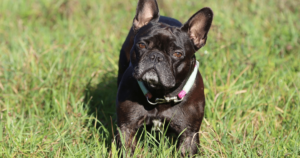
Great Danes are one of the most majestic and iconic dog breeds, known for their towering size and gentle nature. However, despite their popularity, they are often subject to various myths and misconceptions that can mislead potential owners or create unrealistic expectations. In this article, we’ll explore five common myths about Great Danes and separate fact from fiction.
Myth #1: Great Danes Are Aggressive Because of Their Size
One of the most widespread myths about Great Danes is that they are aggressive or dangerous due to their large size. After all, a dog that stands up to 32 inches tall at the shoulder and can weigh over 175 pounds might seem intimidating.
Fact: Great Danes are known as “gentle giants” for a reason. Despite their enormous size, Great Danes are typically affectionate, friendly, and calm dogs. They are not naturally aggressive and are known for their patience, especially with children. Their gentle nature makes them excellent family companions. However, as with any breed, early socialization and proper training are essential to ensure they remain well-behaved and confident in various environments.
Aggressive behavior in dogs is usually the result of poor training, lack of socialization, or mistreatment. When raised in a loving and structured environment, Great Danes are just as peaceful and lovable as any smaller breed.
Myth #2: Great Danes Don’t Need Much Exercise Due to Their Laziness
Another misconception about Great Danes is that they are inherently lazy and therefore don’t require much exercise. This myth likely stems from their tendency to enjoy lounging around and napping throughout the day.
Fact: While they enjoy relaxation, Great Danes need regular exercise. Though Great Danes might enjoy long naps, they are still large dogs with the same exercise needs as other active breeds. Regular physical activity helps maintain their muscle tone, joint health, and overall well-being. While they don’t require as much exercise as some high-energy breeds like Border Collies or Huskies, they do need at least 30 to 60 minutes of moderate exercise daily.
This can include activities such as walks, play sessions, or mental stimulation exercises. Without sufficient exercise, Great Danes can become bored and possibly develop behavioral issues, just like any other breed.
Myth #3: Great Danes Are Prone to Serious Health Issues, So They’re Not Worth It
It’s true that Great Danes, like many large dog breeds, are prone to certain health issues, especially related to their size. However, the myth that all Great Danes are doomed to a life of health problems can be misleading.
Fact: While they do face certain health risks, proper care can help mitigate these issues. Great Danes are prone to conditions like hip dysplasia, heart disease, and bloat (gastric torsion), but this doesn’t mean every Great Dane will develop these problems. Many Great Danes live long, healthy lives with proper care, a balanced diet, and regular vet check-ups.
Bloat, a common concern for giant breeds, can be managed through proper feeding habits (such as avoiding exercise immediately after meals and feeding them smaller portions multiple times a day). Regular veterinary checkups and preventative care are crucial for any dog, but especially for larger breeds like Great Danes. Responsible breeders also help by screening for common genetic conditions, ensuring healthier litters.
Myth #4: Great Danes Aren’t Suitable for Apartment Living
Given their massive size, many people believe Great Danes would be impossible to keep in an apartment. This assumption is based on the idea that large dogs need vast amounts of space to move around freely.
Fact: Great Danes can thrive in apartments, provided their needs are met. Surprisingly, Great Danes are well-suited for apartment living as long as their exercise needs are addressed. Their calm and laid-back demeanor means they don’t need to be running around constantly like some high-energy dogs. Unlike breeds that might feel cooped up in smaller spaces, Great Danes are often content to lounge in a cozy corner, as long as they have enough room to stretch out.
The key to keeping a Great Dane happy in an apartment is ensuring they receive enough physical and mental stimulation outside the home. Regular walks, mental enrichment, and socialization with other dogs can help them adapt well to smaller living spaces.
Myth #5: Great Danes Are Hard to Train Because of Their Size
Many people assume that training a Great Dane is a daunting task due to their sheer size. Some believe that because of their stature, these dogs are more stubborn or difficult to control.
Fact: Great Danes are intelligent and eager to please, making them relatively easy to train. Despite their size, Great Danes are known for being intelligent and responsive to training. They enjoy pleasing their owners and respond well to positive reinforcement methods, making them easier to train than some might expect. Their gentle and sensitive nature means they don’t respond well to harsh training methods, but they thrive with consistent, patient guidance.
Because of their size, it’s essential to start training a Great Dane as early as possible. Teaching basic commands such as “sit,” “stay,” and “come” can be crucial in maintaining control as they grow. Additionally, leash training is important to ensure they are manageable during walks, especially when fully grown.
Early socialization with other dogs, people, and various environments is also key to developing a well-adjusted and confident adult dog. With the right training approach, a Great Dane can be a well-mannered and obedient companion.
Conclusion
Great Danes may be imposing in size, but their hearts are equally as large. These gentle giants are loving, loyal, and make excellent companions for the right family. However, many myths surround the breed, leading to misconceptions about their temperament, exercise needs, health, and suitability for certain living situations.
By debunking these myths, we can better understand the true nature of Great Danes and provide them with the care, love, and environment they deserve. Whether you live in an apartment or a large home, and whether you have experience with dogs or are a first-time owner, a well-trained and well-cared-for Great Dane can be an incredible addition to your family.
Understanding their needs and appreciating their gentle nature will allow you to dispel these myths and enjoy the company of a truly remarkable breed.



